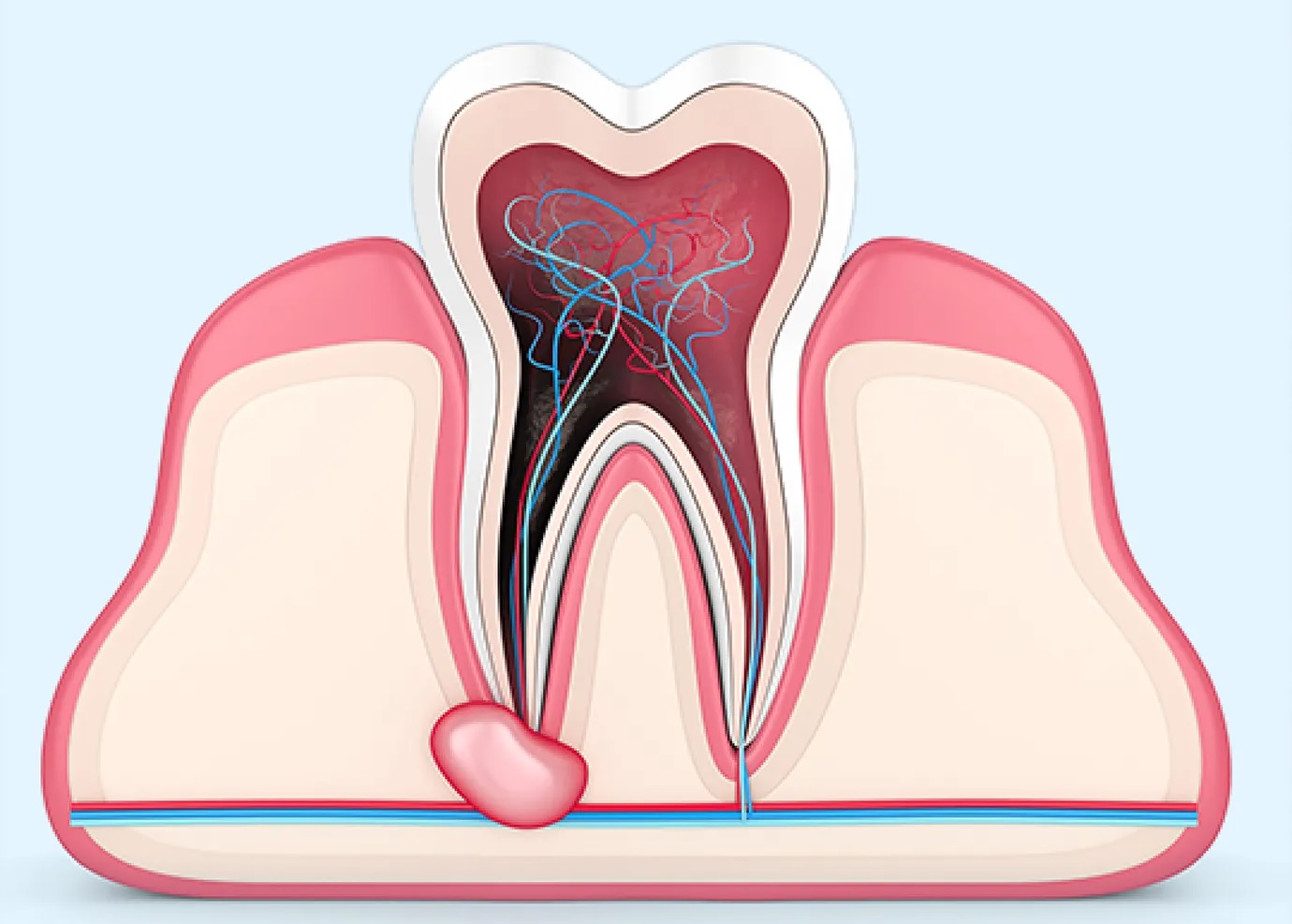Apicectomy in Delhi – Dr. (Prof.) Akash Sachdeva, BDS, MDS (Oral & Maxillofacial Surgeon) at M R Dental Centre
Have you been advised an apicectomy but feel unsure about what it entails? Don’t worry; you’re not alone. This procedure might sound intimidating, but it’s a safe and effective way to save teeth and maintain oral health. If you’re in Delhi, Dr. (Prof.) Akash Sachdeva at M R Dental Centre is the trusted expert you need.
What Is Apicectomy?
An apicectomy is a minor surgical procedure to remove the tip of a tooth’s root along with any infected tissue. Think of it as cleaning out the roots of a tree to save the entire plant. It’s often the last resort to preserve a tooth when traditional root canal therapy hasn’t worked.

Why Is Apicectomy Necessary?
Sometimes, a standard root canal isn’t enough to treat deep-seated infections. This is where an apicectomy comes into play. It’s necessary when:
- Infections persist after a root canal.
- A cyst forms at the root tip.
- Structural issues prevent proper cleaning.
Saving your natural tooth is always the best option, and this procedure helps make that possible.
Meet Dr. (Prof.) Akash Sachdeva
Dr. (Prof.) Akash Sachdeva, a leading Oral & Maxillofacial Surgeon in Delhi, is renowned for his expertise in apicectomy and other advanced dental procedures. At M R Dental Centre, he combines cutting-edge technology with a patient-first approach to deliver outstanding results.
The Apicectomy Procedure
Here’s what you can expect during an apicectomy:
- Diagnosis: A thorough examination with X-rays to pinpoint the issue.
- Anesthesia: Local anesthesia ensures a pain-free experience.
- Surgical Access: An incision is made in the gum to expose the root tip.
- Removal: The infected tissue and root tip are removed.
- Sealing: The root canal is cleaned and sealed to prevent reinfection.
- Closure: The gum is sutured, and healing begins.
Signs You Might Need an Apicectomy
Are you experiencing persistent discomfort even after a root canal? Here are some signs that an apicectomy might be needed:
- Swelling or tenderness near the tooth.
- Recurrent infections.
- Pain while chewing.
- Presence of a cyst or abscess in X-rays.
How Apicectomy Differs from Root Canal
While a root canal treats the inside of the tooth, an apicectomy addresses issues at the root tip and surrounding bone. Think of it as going the extra mile to ensure the infection is fully eliminated.
Benefits of Apicectomy
Wondering why apicectomy is worth considering? Here are the benefits:
- Preserves Natural Teeth: Avoids the need for extraction.
- Relieves Pain: Eliminates infections causing discomfort.
- Prevents Spread: Stops the infection from spreading to other areas.
Is Apicectomy Painful?
Modern techniques and anesthesia make this procedure virtually pain-free. Most patients experience only mild discomfort afterward, easily managed with prescribed medication.
Preparing for an Apicectomy
Preparation can make a big difference. Here’s how to get ready:
- Medical History: Share any existing conditions or medications with your dentist.
- Dietary Restrictions: Follow pre-procedure instructions, such as fasting if required.
- Plan for Recovery: Arrange for someone to drive you home post-surgery.
Recovery After Apicectomy
Healing after an apicectomy is straightforward. Here’s what to expect:
- First Few Days: Swelling and minor discomfort are normal.
- Dietary Adjustments: Stick to soft foods to avoid irritation.
- Oral Hygiene: Maintain cleanliness without disturbing the surgical site.
- Follow-Up: Regular check-ups ensure proper healing.
Cost of Apicectomy in Delhi
The cost varies based on factors like complexity and clinic location. However, at M R Dental Centre, you can expect competitive rates without compromising on quality.
Common Myths About Apicectomy
Let’s clear up some common misconceptions:
- Myth: Apicectomy is unnecessary if a root canal fails.
- Fact: It’s often the only way to save the tooth.
- Myth: The procedure is extremely painful.
- Fact: Modern techniques ensure minimal discomfort.
- Myth: Healing takes forever.
- Fact: Most patients recover within a week or two.
Choosing M R Dental Centre for Apicectomy
At M R Dental Centre, Dr. Sachdeva and his team ensure:
- Comprehensive Care: From diagnosis to recovery.
- State-of-the-Art Facility: Advanced tools and technology.
- Patient-Centric Approach: Your comfort and satisfaction are priorities.
Long-Term Care After Apicectomy
Taking care of your teeth post-procedure is crucial. Here’s how:
- Brush gently around the treated area.
- Avoid hard or sticky foods.
- Visit your dentist in Kirti Nagar regularly for check-ups.
FAQs About Apicectomy
1. How long does an apicectomy take?
The procedure usually takes 30-90 minutes, depending on complexity.
2. Is apicectomy a permanent solution?
Yes, when done correctly, it permanently resolves root tip infections.
3. Can children undergo apicectomy?
Yes, but it’s less common and depends on the specific case.
4. How soon can I return to work after an apicectomy?
Most patients resume normal activities within a day or two.
5. Are there alternatives to apicectomy?
Extraction is the main alternative, but apicectomy is preferred to save the tooth.
An apicectomy might sound intimidating, but with the right care and expertise, it’s a straightforward procedure that can save your smile. For trusted dental care in Delhi, Dr. (Prof.) Akash Sachdeva at M R Dental Centre is here to guide you every step of the way.


